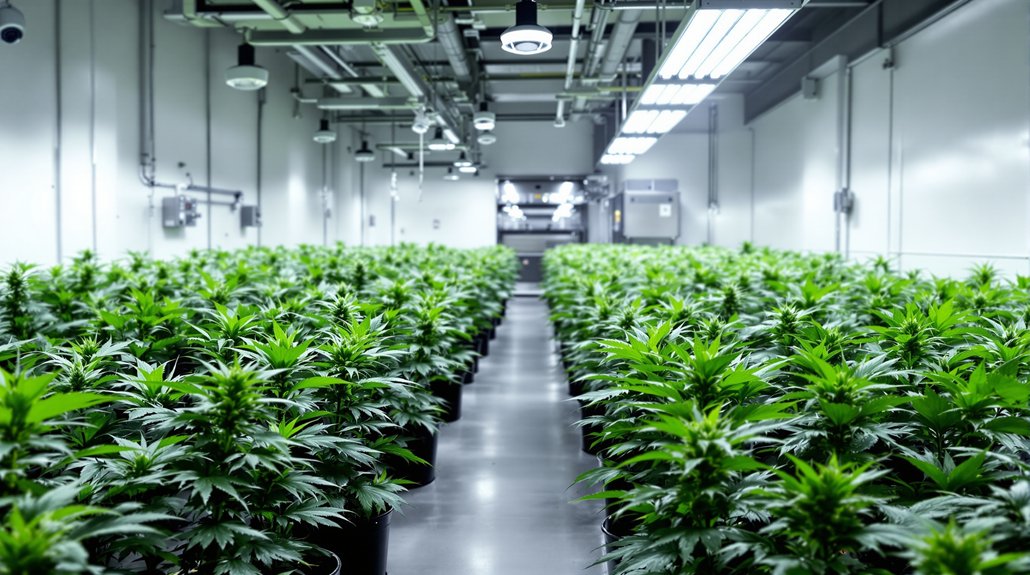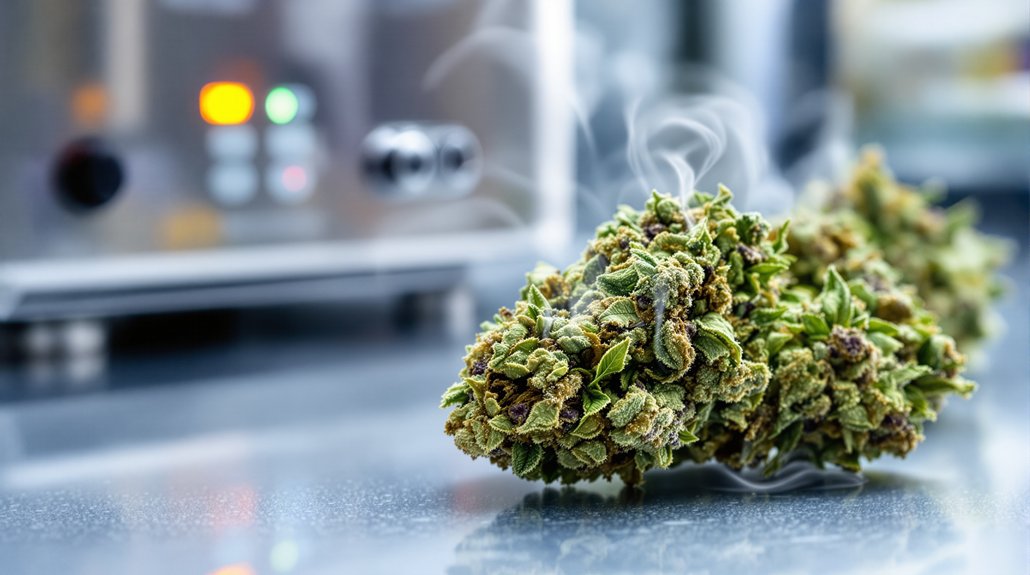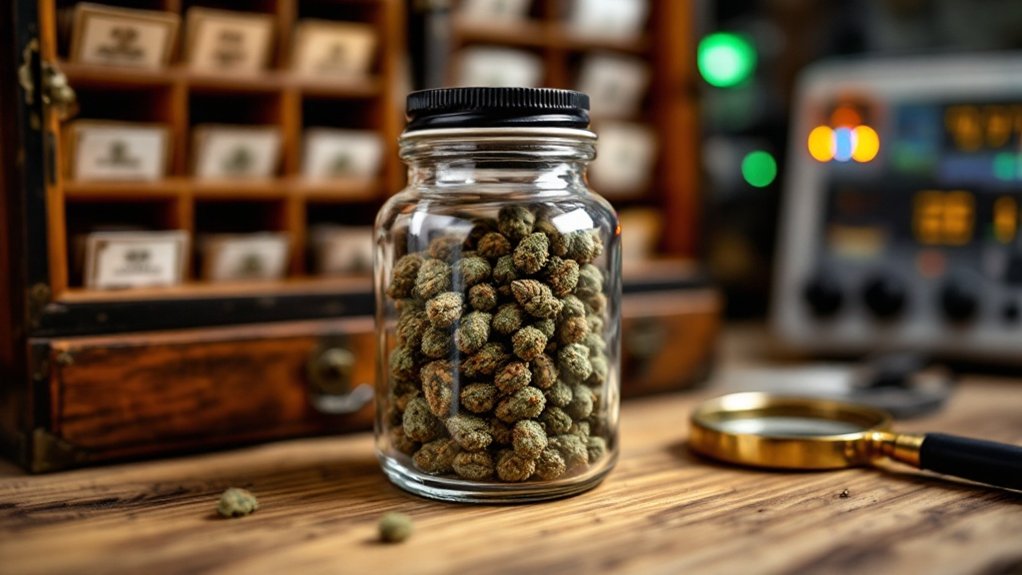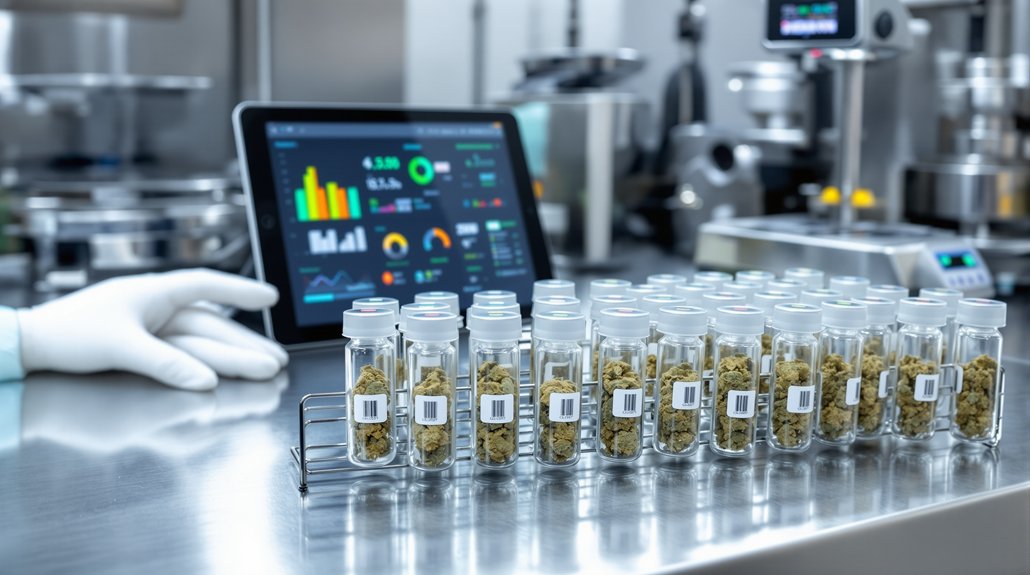The cannabis cultivation landscape faces mounting risks in 2025, with traditional property insurance falling short of protecting modern grow operations. Standard policies typically exclude coverage for specialized equipment, crop contamination, and industry-specific threats that plague cultivators daily. Five critical property endorsements have emerged as essential safeguards against the unique vulnerabilities threatening today’s operations. These endorsements address gaps that could otherwise result in devastating financial losses, operational shutdowns, and permanent business closure when disaster strikes.
Fire Endorsement: Protecting Your Investment From Electrical Hazards and Equipment Failures
Every year, countless cannabis cultivation facilities face devastating losses from fires caused by electrical hazards and equipment failures, making fire endorsements a critical component of thorough property insurance coverage.
These specialized endorsements extend standard property insurance by specifically covering fire-related damages, equipment losses, and subsequent business downtime.
Electrical faults remain a leading cause of grow facility fires, often stemming from overloaded circuits, wiring issues, and unpermitted modifications.
Overloaded circuits and faulty wiring create significant fire hazards that threaten cannabis cultivation operations and equipment investments.
Indoor cultivation operations depend heavily on high-demand lighting, HVAC, and dehumidification equipment that greatly elevate fire risks.
Malfunctioning lighting systems and ballasts frequently serve as ignition points due to excessive heat emission, while HVAC system failures can cause dangerous overheating conditions.
Extraction processes using flammable solvents significantly increase fire and explosion risks, necessitating specialized safety protocols.
Fire endorsements typically cover rebuilding costs, equipment replacement, affected inventory, and lost revenue during forced shutdowns, protecting growers from potentially catastrophic financial losses. Indoor grow facilities are generally easier to insure due to their enhanced climate control and security features compared to outdoor operations. Specialty crop insurance endorsements like the FIP-SI coverage for smoke-related damages demonstrate the evolving insurance landscape’s response to agricultural fire risks.
Theft Endorsement: Securing Crops and Assets Against Physical Loss and Employee Dishonesty
While fire damage represents a visible and immediate threat to cultivation operations, theft poses an equally serious but often less predictable risk that can devastate growers through direct loss of crops, equipment, and inventory.
Theft endorsements address direct losses from theft or vandalism of crops and farm assets, typically including deductibles and coverage limits tied to market value. These policies protect stored crops, equipment, and harvested products, with risk increasing during storage, transportation, and peak harvest seasons.
Coverage extends to employee dishonesty, particularly valuable for operations with large workforce turnover or limited supervision. Proof of loss, including police reports and inventory validation, remains required for claims processing, while coverage specifications vary by crop type and geographic region. With over 543 million acres of farmland requiring protection nationwide, growers face significant exposure that necessitates comprehensive theft coverage. Growers should also consider that premium subsidies can significantly reduce their out-of-pocket costs for comprehensive coverage options.
Mold & Crop Contamination Endorsement: Defending Against Fungal Outbreaks and Environmental Damage
Although fire and theft represent visible threats to agricultural operations, mold contamination presents a more insidious danger that can silently destroy entire harvests and compromise facility infrastructure before growers detect the problem.
Mold outbreaks can cause complete crop destruction, while mycotoxin contamination renders harvests unmarketable and unfit for consumption.
Mycotoxin contamination transforms profitable harvests into complete financial losses, making crops unmarketable and unsafe for human consumption.
Standard property insurance policies typically exclude or severely limit mold coverage, often requiring explicit endorsements for protection.
Growers seeking coverage must follow strict procedures, including timely notification and third-party sampling protocols.
Without proper endorsements, operations face substantial out-of-pocket remediation costs and potential multi-million dollar liability claims from environmental damage and facility contamination.
Transportation Endorsement: Coverage for High-Risk Product Movement in a Tightening Insurance Market
How can agricultural operations protect millions of dollars in high-value products during the most vulnerable phase of their business cycle?
Transportation endorsements have become critical safeguards as cannabis cargo faces elevated risks of theft, vehicle accidents, and loss during transit. Regulatory bodies and contracts frequently require insurance coverage matching 100% of load value, with $1 million auto liability limits now commonplace.
Motor Truck Cargo Insurance covers product lost or damaged during transit, with per-conveyance limits ranging from $500,000 to $1 million or more.
Property in Transit coverage offers replacement cost protection against theft, hijacking, and natural hazards. Insurers increasingly demand site surveys, driver vetting, and in-vehicle monitoring systems, as 68% of cannabis transit claims involve drivers with less than two years of experience. Premium calculations are also affected by geographic location, with operations along the Interstate-5 corridor receiving approximately 10% lower rates than those in remote areas.
Cannabis transport businesses should implement comprehensive risk management plans that include regular safety protocols and employee training to protect both personnel and customers during high-value product movement.
Business Interruption Endorsement: Maintaining Cash Flow During Operational Shutdowns
When catastrophic events strike agricultural operations, business interruption endorsements serve as financial lifelines that protect against devastating income losses during forced shutdowns.
These policies cover lost income and operating expenses during closures from fire, theft, natural disasters, and equipment breakdowns. Cannabis growers face unique vulnerabilities due to specialized equipment, regulatory penalties, and product susceptibility to environmental damage.
Cannabis operations require comprehensive protection against equipment failures and environmental hazards that can trigger costly regulatory shutdowns and product losses.
Coverage extends beyond basic income replacement, reimbursing fixed costs like rent, payroll, and utilities that continue during downtime. The endorsement may include extra expenses for temporary locations or equipment to expedite reopening.
Government-mandated closures also trigger coverage, protecting against regulatory shutdowns. Despite increased competition in the cannabis insurance market driving down costs, premiums remain substantial even for basic protection.
Claims require documented evidence of covered events and financial losses. Payouts are calculated using historical performance data and validated projections, with duration typically capped by predetermined restoration periods. MSOs must ensure comprehensive insurance architecture across all entities to effectively manage these complex operational risks.
This article provides general educational information about insurance and compliance requirements. Specific regulations vary by state and change frequently. Always consult with legal counsel and insurance experts for guidance on your specific situation and jurisdiction. For more information, check out our Guide to Cannabis Business Insurance.









